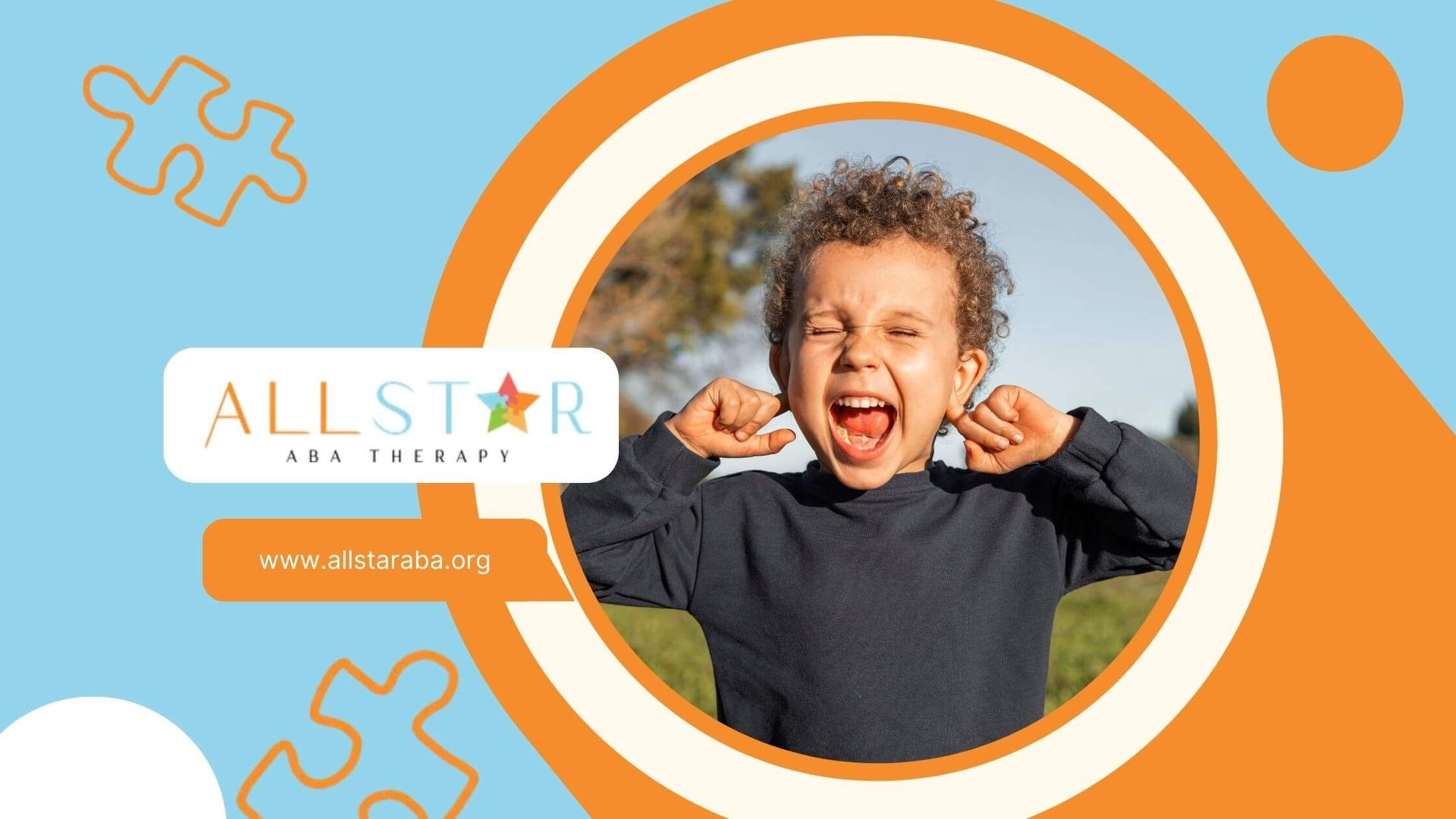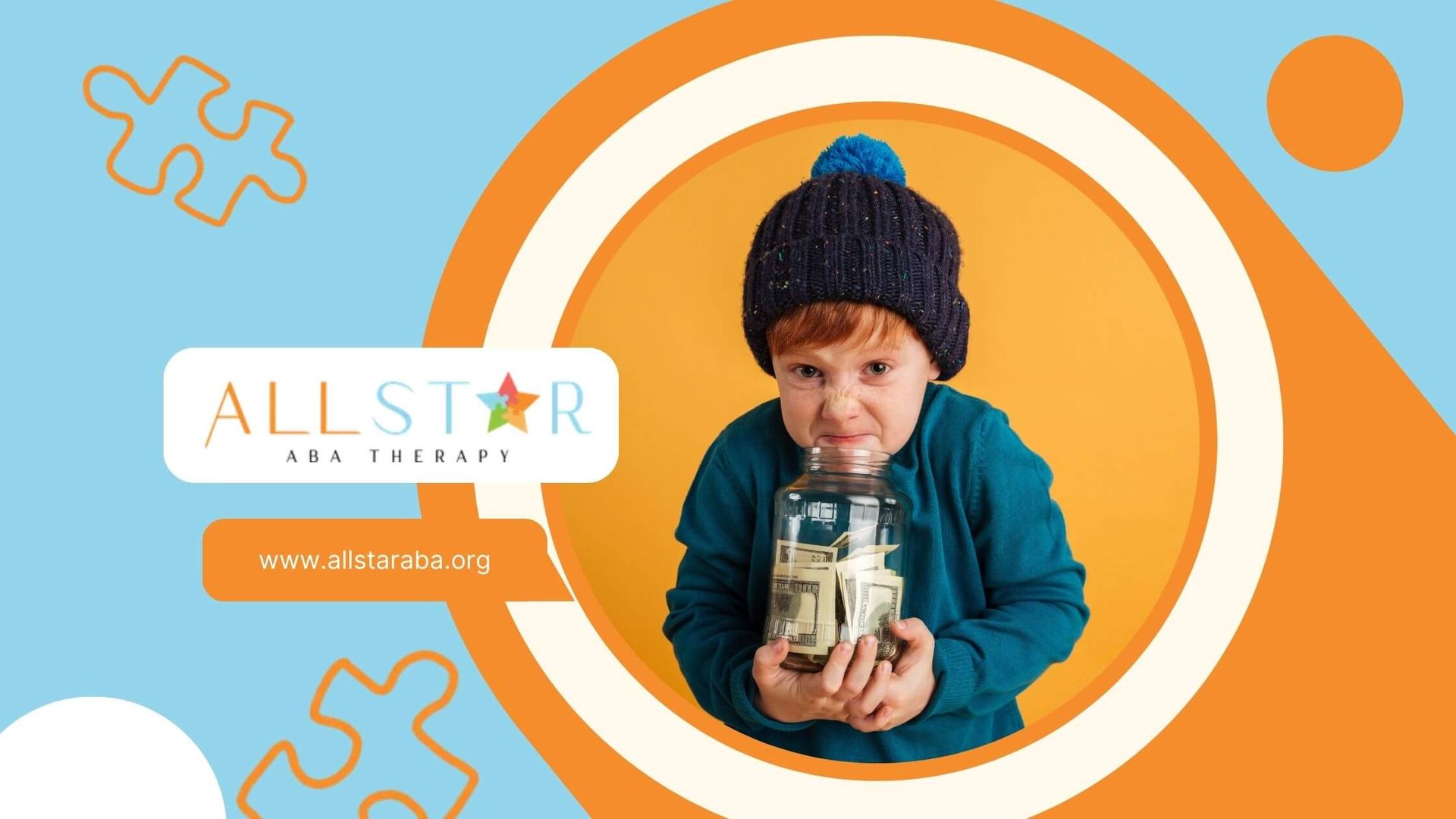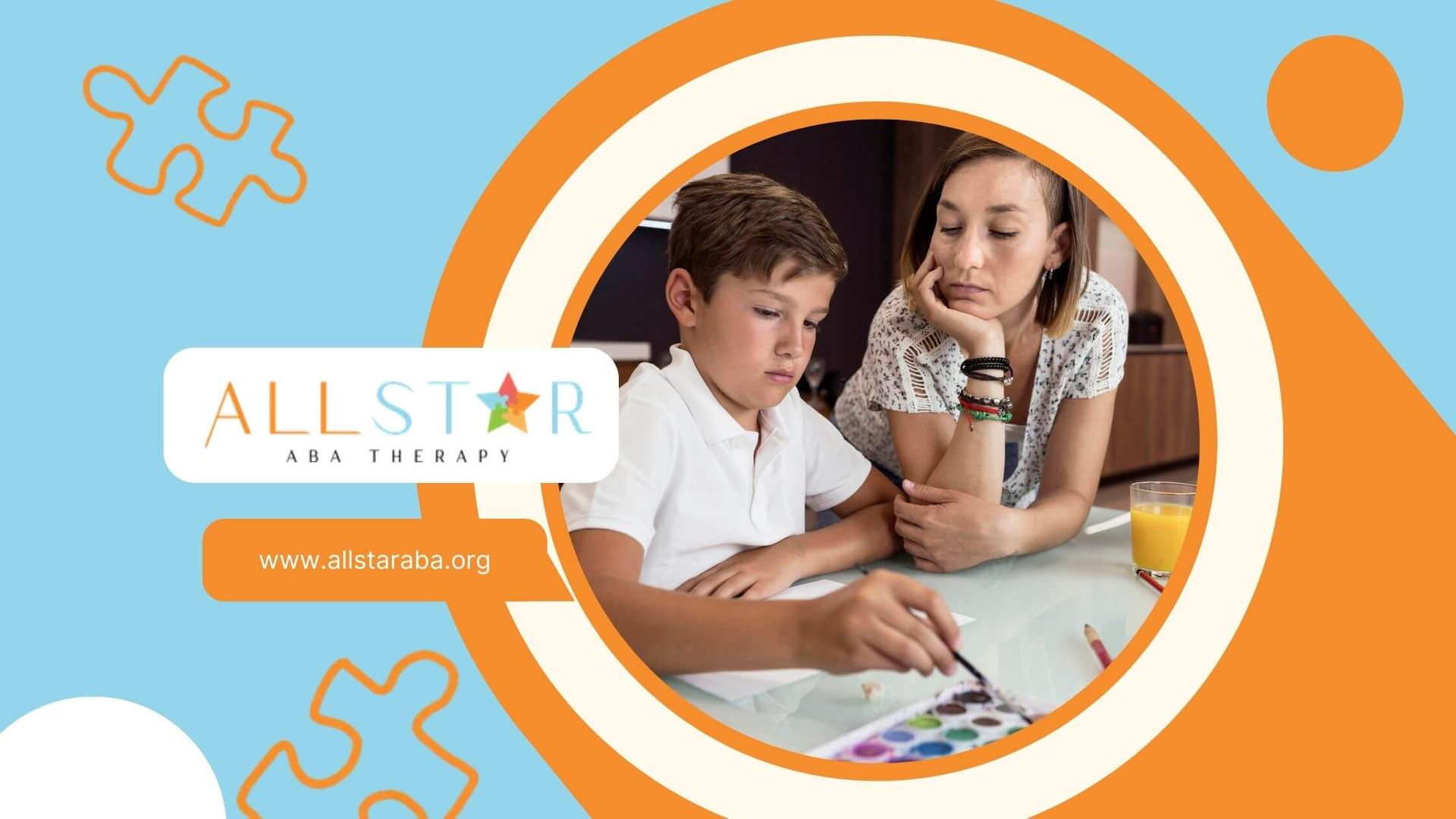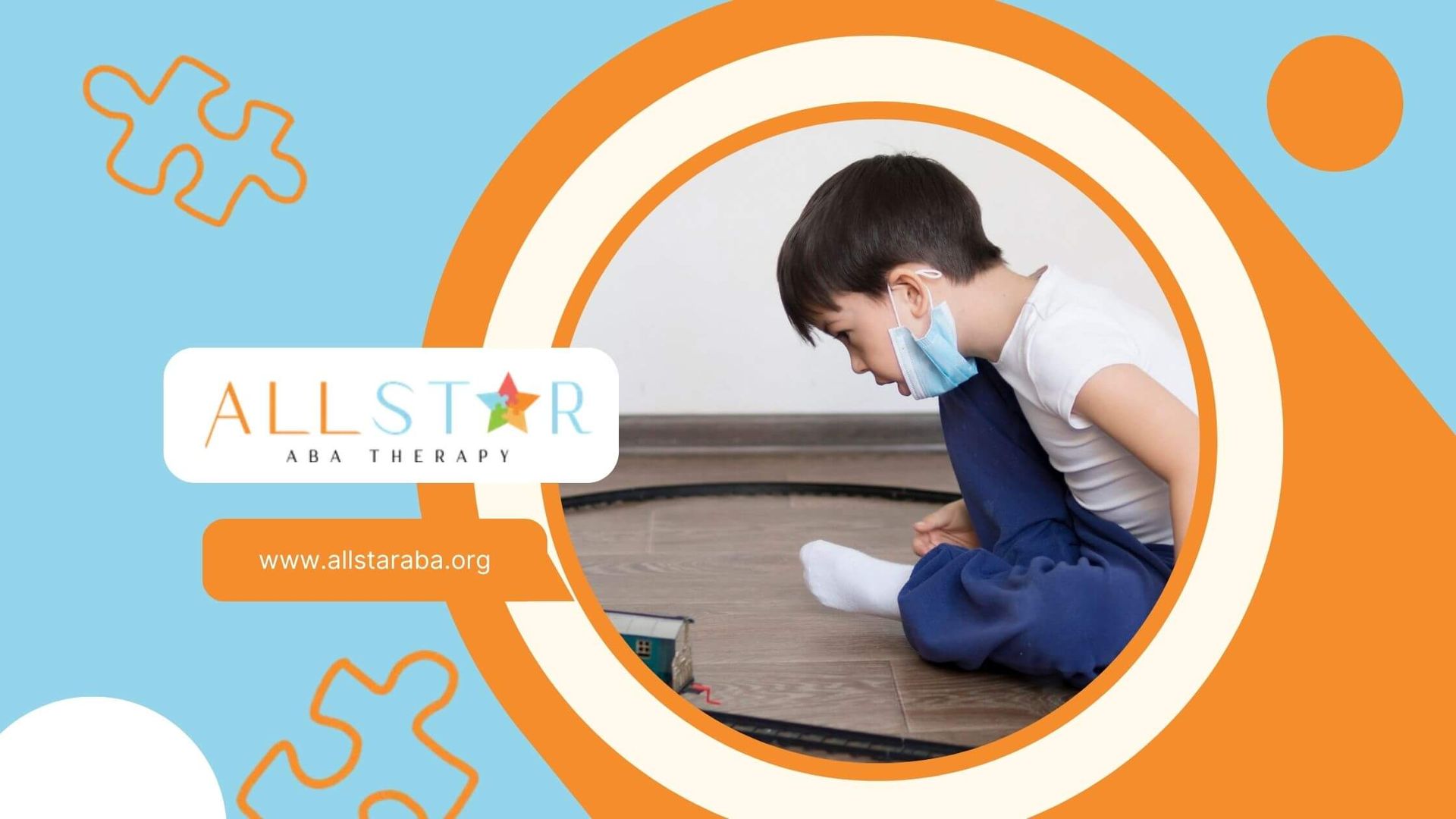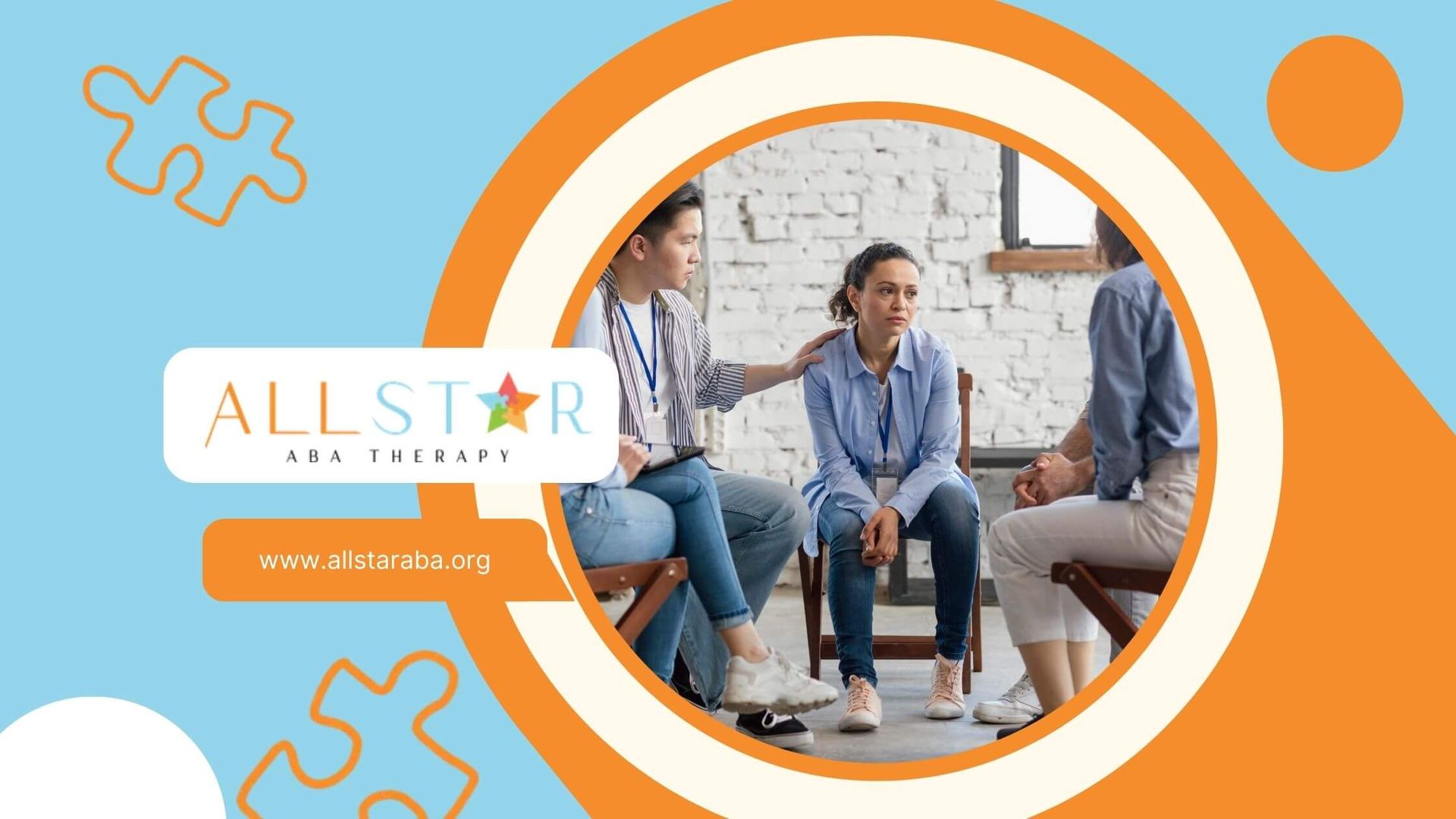New Paragraph
What Is a Typical Day in ABA Therapy? Insights and Tips
If your child was recently diagnosed with autism spectrum disorder, you have likely heard about ABA therapy. You may wonder what a typical day of therapy entails. Far from being a one-size-fits-all approach, Applied Behavior Analysis is customized by a behavior analyst to help your child thrive. It is a dynamic and compassionate therapy designed to build essential skills and improve your child's overall quality of life. This guide will walk you through what to expect during your child's therapy sessions.
Understanding the Structure of ABA Therapy Days
Every day in ABA therapy is structured yet flexible, designed to create a positive and effective learning environment. While there is a daily routine, the core of behavior analysis is its ability to adapt to a child’s progress and immediate needs. This balance ensures that sessions are predictable enough to be comforting but dynamic enough to be engaging.
The structure of the day is built around your child’s specific goals. Let’s explore how individualized plans and daily objectives come together to create a supportive and productive day.
Individualized Planning for Each Child
There is no single answer to what an ABA session looks like because every plan is different. A certified behavior analyst designs treatment plans that are completely customized to address your child’s needs, strengths, and personal preferences. This ensures that the therapy is both relevant and motivating for them.
The process begins with a thorough assessment to identify specific goals. These goals could target communication, social interactions, self-care routines, or reducing challenging behaviors. The therapist then uses this information to structure daily sessions that directly address these target areas in a way that feels natural and supportive for your child.
For instance, one child's session might focus heavily on one-on-one instruction to build foundational communication skills, while another's might involve more group activities to practice social skills. The plan evolves as your child learns and grows, ensuring the therapy always meets them where they are.
Setting Daily Goals and Objectives
Each ABA session is guided by clear, achievable therapy goals. These objectives are the building blocks that help your child work toward broader developmental milestones. Instead of tackling everything at once, the therapist breaks down complex skills into smaller, manageable steps.
The main objectives during a session can vary widely. For one child, the goal might be to learn to request a toy using words or a sign. For another, it could be practicing turn-taking with a peer or mastering the steps for washing hands independently. These specific skills become the focus of the day's activities.
These daily objectives also determine which intervention strategies the therapist will use. By having a clear focus for each session, the therapist can provide targeted support, celebrate small victories, and ensure your child is consistently making meaningful progress.
Morning Routine in ABA Therapy
The morning routine sets a positive tone for the entire ABA session. When your child arrives, they are greeted by their behavior technician, who helps them transition smoothly from home to the therapy environment. This part of the day is all about creating a sense of safety and predictability, which is especially comforting for children with autism.
Establishing a consistent morning routine is crucial for preparing your child to learn. The first part of the day focuses on building trust and making sure your child feels understood and ready to engage.
Arrival and Transition Activities
A key part of a successful day is managing the initial arrival and other transitions. Therapists are skilled at making these moments feel predictable and calm. They often use visual schedules or checklists to show your child what will happen next, which can reduce anxiety and resistance to change. These tools empower your child by making the daily flow clear and understandable.
These transition activities are also valuable learning opportunities. For example, the morning arrival is a natural time to practice greeting skills. Cleaning up one activity to start another can be a chance to work on following directions and cooperation. Every transition is handled with care to support your child’s development.
When unexpected changes happen, therapists remain flexible, providing extra support and reassurance. By turning transitions into positive and predictable routines, therapists help build crucial social skills and emotional regulation, setting the stage for a great day of learning.
Warm-Up Exercises and Rapport Building
Before diving into structured learning, the ABA therapist focuses on rapport building. This phase, often called "pairing," involves the therapist engaging in activities your child enjoys. It might look like simple playtime, but it serves a vital purpose: to build a trusting and positive relationship.
A behavior technician begins the day by connecting with your child through these warm-up exercises. This could be anything from playing with favorite toys to singing a fun song. During this time, the therapist also conducts preference assessments, observing what items or activities motivate your child. These preferred items can then be used as reinforcement later in the session.
This initial interaction helps your child associate their therapist with fun and positive experiences. It's not just downtime; it’s a strategic way to build the trust and motivation needed for your child to participate willingly in the therapy tasks ahead.
Core ABA Session Activities
The heart of an ABA session is a blend of different teaching methods and activities designed to build new skills. Therapists often use a combination of structured approaches, like Discrete Trial Training (DTT), and more naturalistic methods. This ensures that learning is both efficient and generalizable to everyday situations.
These activities are carefully chosen to align with your child's treatment plan. From targeted behavior interventions to playful skill-building exercises, every part of the session is intentional and focused on helping your child succeed.
Skill-Building Exercises (Communication, Social, Life Skills)
A major part of any ABA session is dedicated to hands-on, skill-building exercises. These activities are designed to be engaging and are tailored to your child's specific goals. The focus is on teaching practical skills that enhance independence and social connection.
Therapy can include a wide variety of activities. For example, learning might happen at a desk during focused instruction or during play. Common exercises target key developmental areas:
- Communication Skills: This could involve learning to label objects, ask for help, or use an augmentative communication device.
- Social Skills: Activities may include practicing turn-taking in a game, making eye contact, or joining a group activity.
- Life Skills: Therapists work on daily routines like washing hands, brushing teeth, potty training, or cleaning up toys.
These exercises are broken down into simple steps, and your child receives positive reinforcement for their efforts, making learning a rewarding experience.
Behavior Interventions and Targeted Learning
Addressing challenging behaviors is another essential component of ABA therapy. Instead of just reacting to these behaviors, therapists use targeted learning and behavior interventions to understand why they occur. A typical day includes proactively teaching your child more effective ways to communicate their needs and handle frustration.
For example, if a child struggles with transitions, the therapist will implement strategies like using a visual timer or offering choices to make the change easier. This targeted learning helps reduce the frequency of challenging behaviors over time by equipping your child with positive replacement skills.
The daily routine is structured to provide many opportunities to practice these new, positive behaviors in a supportive setting. By embedding behavior interventions into everyday activities, therapists help your child build coping mechanisms and social skills that they can use in all areas of their life.
Tracking Progress and Data Collection
How do you know if ABA therapy is working? The answer lies in careful data collection. Throughout every session, therapists meticulously record information about your child's responses and behaviors. This practice is a cornerstone of ABA, as it allows the team to monitor client progress objectively.
This data-driven approach ensures that the treatment goals remain relevant and effective. It provides clear evidence of what's working and highlights areas where the plan might need adjustments, ensuring your child is always on the path to success.
Methods for Monitoring Behavior and Skill Acquisition
To ensure therapy is effective, therapists use specific methods for progress tracking. They collect behavioral data on everything from skill acquisition to the frequency of certain behaviors. This might include using frequency counts to see how often a child uses a new word or ABC (Antecedent-Behavior-Consequence) data to understand the function of a challenging behavior.
This information is far more reliable than just general observation. It provides the therapy team with concrete numbers to analyze, ensuring that decisions are based on facts, not feelings. This continuous monitoring is part of what makes ABA an evidence-based practice.
Regular analysis of this data helps the behavior analyst refine the treatment plan. It shows exactly which skills have been mastered and which ones need more work.
| Data Collection Method | What It Measures | Why It's Used |
|---|---|---|
| Frequency Count | How many times a behavior occurs. | To track increases in desired skills or decreases in challenging behaviors. |
| ABC Data | The Antecedent, Behavior, and Consequence. | To understand the "why" behind a behavior and guide interventions. |
| Skill Acquisition Chart | Progress on specific learning targets. | To monitor how quickly a child is learning and mastering new skills. |
Communicating Progress with Parents and Caregivers
Your involvement as a parent is crucial for your child's success. That's why ongoing communication between you and the therapy team is a top priority. You can expect to receive regular updates on what your child is doing in their sessions, including which skills they practiced and how they responded to different activities.
These updates are often part of a broader parent training component. The goal is to equip you with the same strategies used in therapy so you can support your child’s learning at home. This consistency is what helps your child generalize their new skills to different environments, leading to truly meaningful progress.
By staying connected with your therapist, you become an active partner in your child's development. This collaborative approach ensures that everyone is working together to help your child build confidence and independence in all aspects of their life.
Conclusion
In summary, a typical day in ABA therapy is structured yet flexible, designed to cater to the unique needs of each child. From individualized planning and goal-setting to engaging morning routines and skill-building exercises, every aspect aims to foster growth and learning. Monitoring progress and maintaining open communication with parents are also key elements that contribute to a child's success. By understanding the daily rhythms of ABA therapy, parents and caregivers can better support their child’s developmental journey. If you're interested in learning more about how ABA therapy can benefit your child, don't hesitate to reach out for a consultation.
At All Star ABA, we believe that a "typical day" is anything but. As Maryland's premier ABA provider, we go beyond a one-size-fits-all schedule to create a dynamic and personalized therapy experience for every child. Our expert team designs a day that is a seamless blend of structured learning, play-based activities, and naturalistic teaching, all centered around your child's unique goals and interests. We are committed to making every session engaging and meaningful, helping your child build skills in a joyful and supportive environment. Choose All Star ABA for a partner who understands that every day is a new opportunity for your child to shine.
Frequently Asked Questions
How do therapists handle changes in routine or unexpected events during ABA sessions?
In ABA therapy, therapists are trained to be flexible. They use tools like visual aids and social stories to prepare children for changes. If an unexpected event disrupts the daily routine, the behavior analyst and therapist make necessary adjustments, providing extra support and turning the moment into a learning opportunity for coping with change.
What are the main differences between center-based and home-based ABA therapy daily routines?
Center-based ABA services offer a structured setting with more opportunities for peer social interaction. In contrast, home-based therapy allows children to learn new skills in their natural environment, focusing on daily living routines. In either setting, a typical session is always tailored to the child's unique needs and goals.
How is reinforcement used throughout a typical ABA therapy day?
Positive reinforcement is a core component of all ABA therapy sessions. Based on ABA principles, therapists provide rewards—like praise, a favorite toy, or a fun activity—immediately after desirable behaviors. This encourages children to repeat those behaviors and stay motivated while learning new skills.
Sources:
https://raisingchildren.net.au/autism/therapies-guide/applied-behaviour-analysis-aba
https://bluebellaba.com/blog/what-to-expect-on-the-first-day-of-aba-therapy/
https://moveupaba.com/blog/aba-therapy-activities/
https://www.autismspeaks.org/expert-opinion/what-discrete-trial-training
Need Support?
We're Here to Help!
Our experienced team is ready to assist you. Reach out today to discuss how we can support your child's development and well-being.
Get started with expert ABA therapy today.



